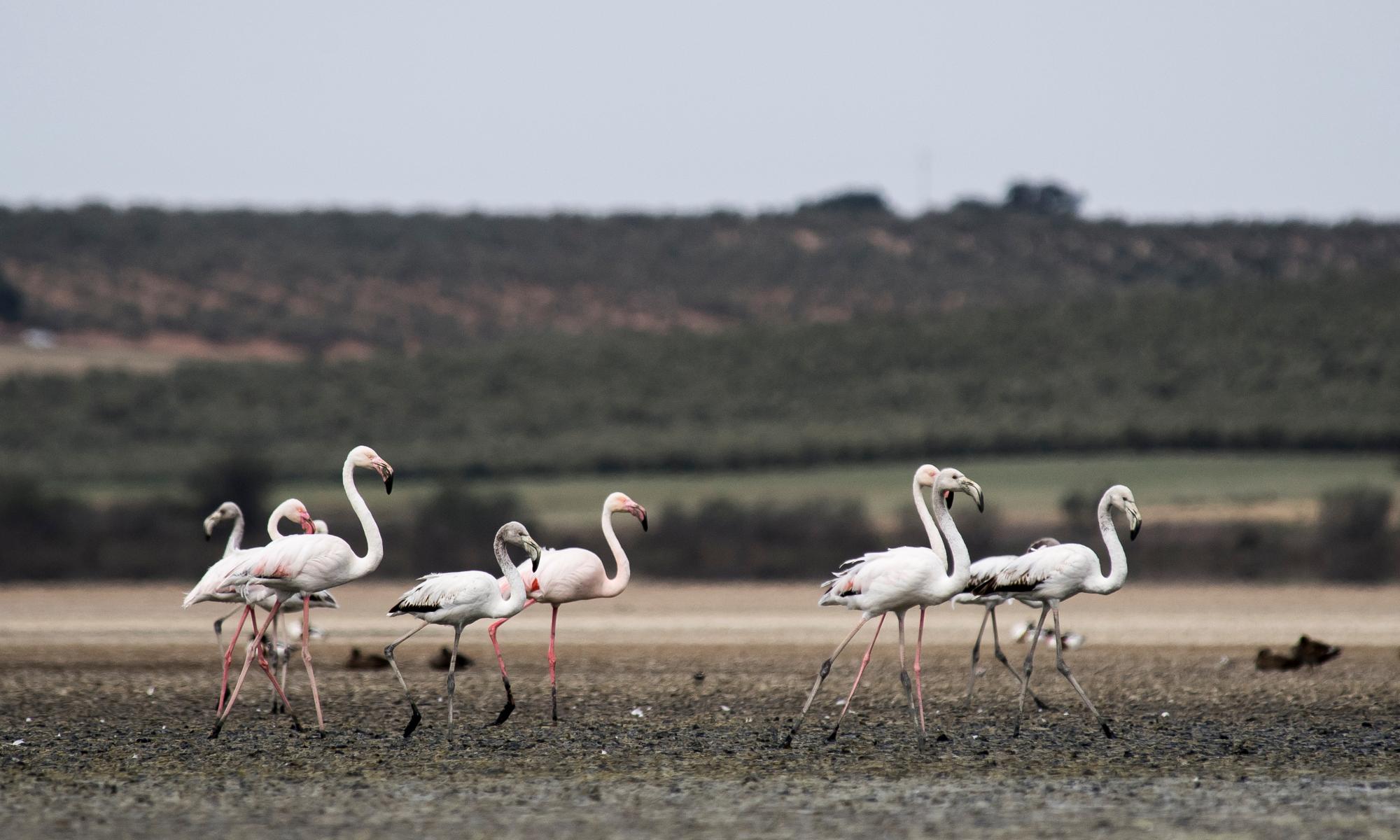As a child living in the Vagheri hills at the foot of the Western Ghats, Rajendra Kerkar would often hear the majestic roar of tigers echo across the mountains. It was never greeted with fear by the villagers in this remote corner of northern Goa; the name Vagheri translates as “home of the tigers” and coexistence with India’s national animal was part of their way of life.
Yet according to state authorities, these tigers do not exist; or if they do, they are just passing through. Unlike other states in India, where the presence of tigers has been celebrated, embraced and in many cases exploited for tourism, Goa’s tigers have instead been subjected to a strange charade, whereby their existence has repeatedly been denied or covered up by those in government.
"html":"Officials and local community leaders have been feeding the fear of tiger reserves to locals to serve their own agenda","attribution":"Abhijit Prabhudesai, activist"
So when a mother and her three cubs were found dead in the Mhadei Wildlife Sanctuary in the Sattari region of Goa last month, allegedly poisoned by disgruntled locals, the deaths – one of the biggest losses to India’s tiger population in years – brought an uncomfortable issue to the surface.
“I have spent my whole life tracking tigers, so I know they are living in Goa,” says Kerkar, a well-known environmental activist in the state. “But even with all these years of proof, still the government have failed to acknowledge tigers in Goa. They have looked away to serve their economic interests, to keep on cutting down the forests for mines and tourism until there will be nothing left for the tigers.”
Tigers have been touted by India as one of its great environmental success stories, with the most recent figures showing the population now at close to 3,000, a third higher than four years ago. Although there has been some dispute over the numbers, prime minister Narendra Modi presented the most recent tiger census with the claim that India was “now one of the biggest and most secure habitats of the tiger”.

The currently unprotected area of the Western Ghats in Goa forms a crucial part of the tiger corridor running from Maharashtra to Karnataka, which activists and the WWF have described as “the best and only hope for the continued survival of the tigers of India”.
But in a state heavily dependent on tourism, real estate and, until recently, iron ore mining, protecting the tiger’s forest habitat has been portrayed as a threat to industry and development. “If you are using wildlife to block the economy, you create enemies of wildlife,” said Goa’s chief minister, Manohar Parrikar, in 2013.
Despite tigers first being officially recorded in Goa in 2002, and the tiger census and local rangers putting the current population in Goa between five and 10, there is still no tiger reserve in the state and therefore no official protection.
“The Goa state government has been trying to suppress the presence of tigers for at least the past 40 years for the simple reason of mining and real estate,” says activist Abhijit Prabhudesai.
One issue driving the resistance is that creating a tiger reserve would mean establishing a buffer zone around the protected forest. This no-build area would encroach on land already occupied by extractive industries or owned by powerful landlords. While the supreme court banned mining in Goa in 2018, many expect it to eventually resume, but a tiger reserve would make that less likely. Some Goa government figures have business interests linked to mining.
A shroud of secrecy surrounds the tigers in this part of northern Goa, where locals will deny ever having seen one, or scurry away whenever tigers are mentioned. Resistance to a tiger reserve is strong. “No tigers here,” says one woman interviewed by the Guardian, despite the fact that according to local reports the night before her cow had been killed by a tiger.
“It is government officials and local community leaders who have been feeding the fear of tiger reserves to locals to serve their own agenda, so they can keep tearing up the land for hotels and mines,” Prabhudesai adds. “They have been telling them that if you accept the presence of the tigers then you will be relocated and you will be thrown out from your villages. Fear has been planted in the minds of the people.”
After the four tiger deaths, denials from the state government once again emerged. “Tigers found in the wild in Sattari are basically transitory tigers, coming from Karnataka,” said Vishwajit Rane, Goa’s health minister, who represents the district where the Mhadei Wildlife Sanctuary is located. “I will not allow the tiger reserve in Sattari,” he added. “Environmentalists don’t run Sattari, people there do. No one has the right to declare Sattari a tiger reserve and we will not allow it.”
Rane’s comments are the latest in a long line of official flip-flopping between acceptance and denial on tigers since Mhadei was declared a wildlife sanctuary in 1999. But as the killings demonstrated, it has led to a failure to deal with an increasingly vexed relationship between humans and tigers in Goa.
While the state is 60% forest, only 33% of it is protected. As forests have either been cut down or filled with monoculture crops such as cashew trees, which destroy the native ecosystem, tigers have been driven closer to human habitation in search of food and water. Here, according to reports from locals who asked to remain anonymous, they regularly attack the livestock – mainly cattle and water buffalo – so essential to the villagers. Were the area an official tiger reserve, locals would be entitled to compensation for lost livestock or personal injuries. As it is, such compensation is difficult to claim, and so resentment builds.
"html":"There are local leaders and officials that tell us when our cattle are attacked by tigers, we need to not talk about it","attribution":"Ganesh Cholekar, villager"
This resentment appears to have led to the deaths of the four tigers in January, when people living on the fringes of the sanctuary are alleged to have taken matters into their own hands after a tiger killed livestock in late December. According to the forest department, a poisoned water buffalo carcass was put out as bait and eaten by the tiger and her cubs.
The five accused men, who asked not to be identified, denied killing the tigers and said their confessions were beaten out of them while in custody, where they were also made to sign documents they could not read as they are illiterate. This was denied by the forest department. But the villagers said they had suffered the consequences of tiger attack for years, and had been given no assistance by the forest department, the government body responsible for the Mhadei sanctuary.
“Once a year we lose a cow or a buffalo in an attack and so it is very scary and frustrating for us because we don’t know what to do,” says one of the men. “The forest department give us no help, they leave us on our own. All they do when they come here is harass us and pressure us.”
It was a similar story in the nearby village of Derode, where a water buffalo had been killed the night before. No one would discuss the attack except for 65-year-old Ganesh Cholekar, who defiantly says he has “no reason to be scared and not to speak the truth”.
“There are local leaders and officials that tell us when our cattle are attacked by tigers, we need to not talk about it and if anyone asks, say that we have never seen a tiger in the vicinity,” says Cholekar. “Over the past five years, more attacks have been happening because they come down to the village for water.”
He adds: “We are helpless against them and we don’t get compensation and so in some people’s mind they do think about killing the tigers, just to make it stop.”
Crucially, the issue of the settlement rights of 31 villagers living inside or on the edge of the Mhadei sanctuary has yet to be resolved. If environmental protections were increased and the sanctuary declared a tiger reserve, the villagers would have to leave, and would be entitled to compensation. According to Santosh Kumar, chief wildlife warden for the forest department, these land rights remain the greatest obstacle to declaring a tiger reserve. Kumar says Goa’s chief minister, Pramod Sawant, has vowed to make it a priority.
“Of course there are tigers living in Goa’s wildlife sanctuaries,” says Kumar. “The issue has been delayed for over 20 years but now we have faced the deaths of these four tigers the government is ready to act.”
Find more age of extinction coverage here, and follow biodiversity reporters Phoebe Weston and Patrick Greenfield on Twitter for all the latest news and features


